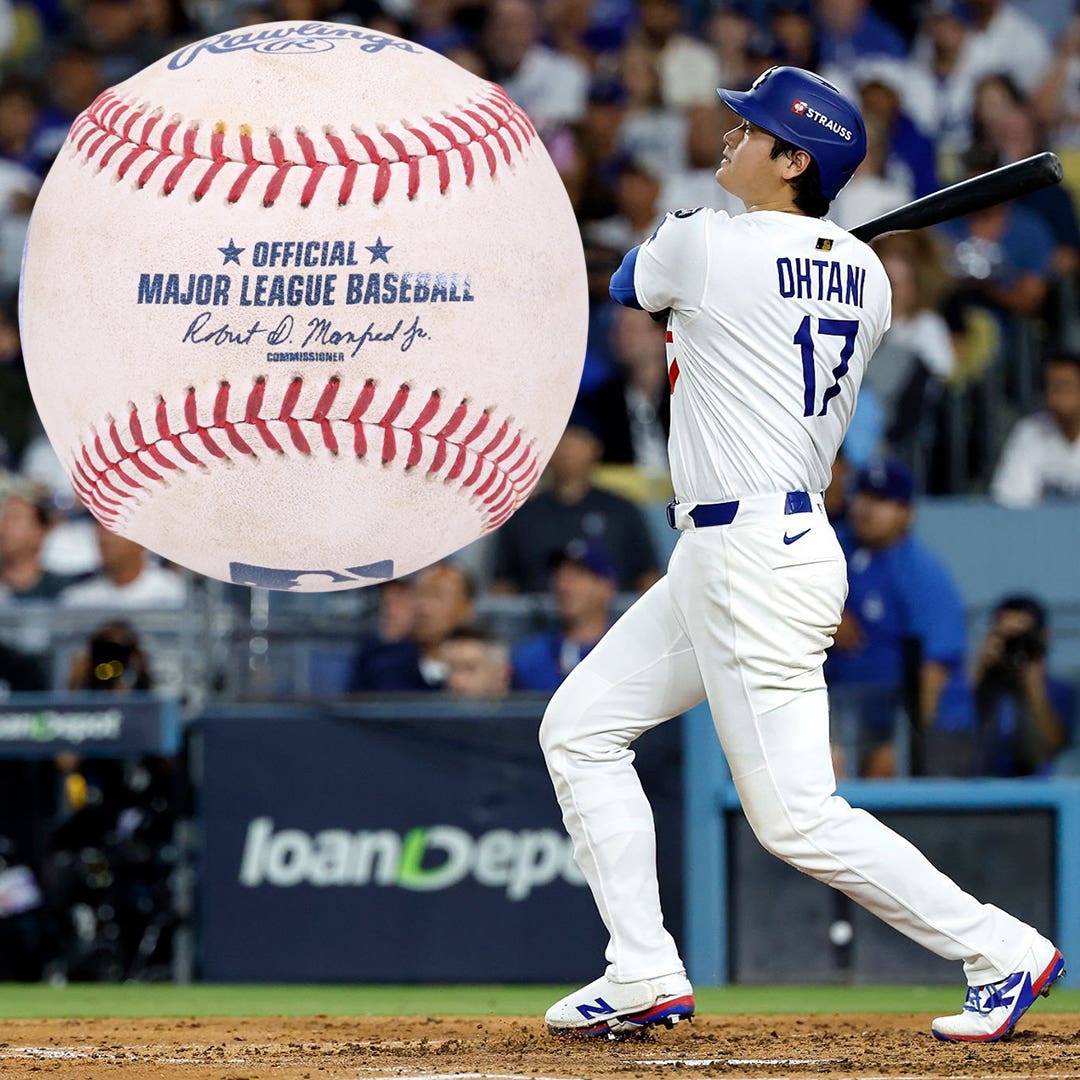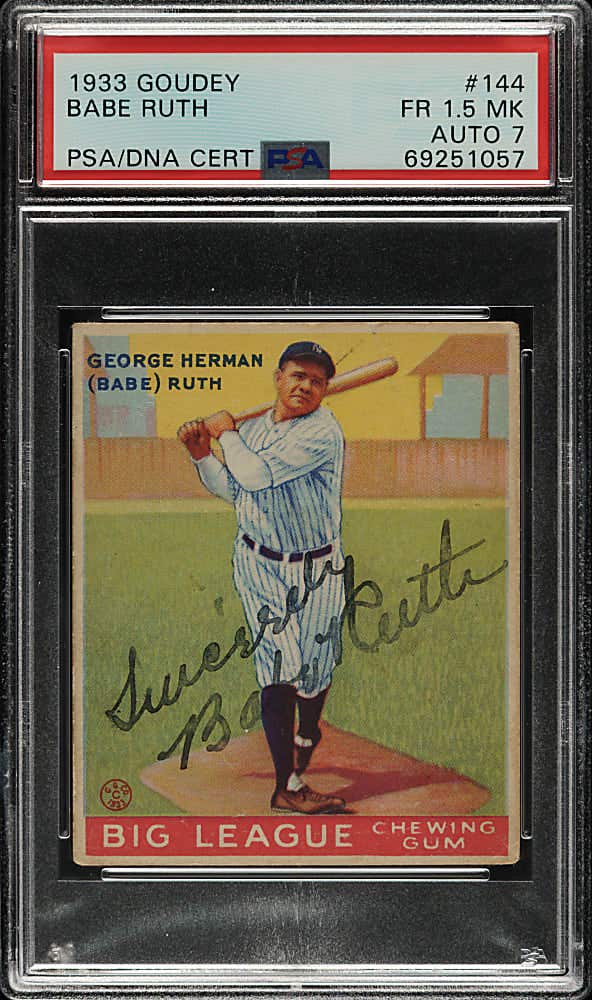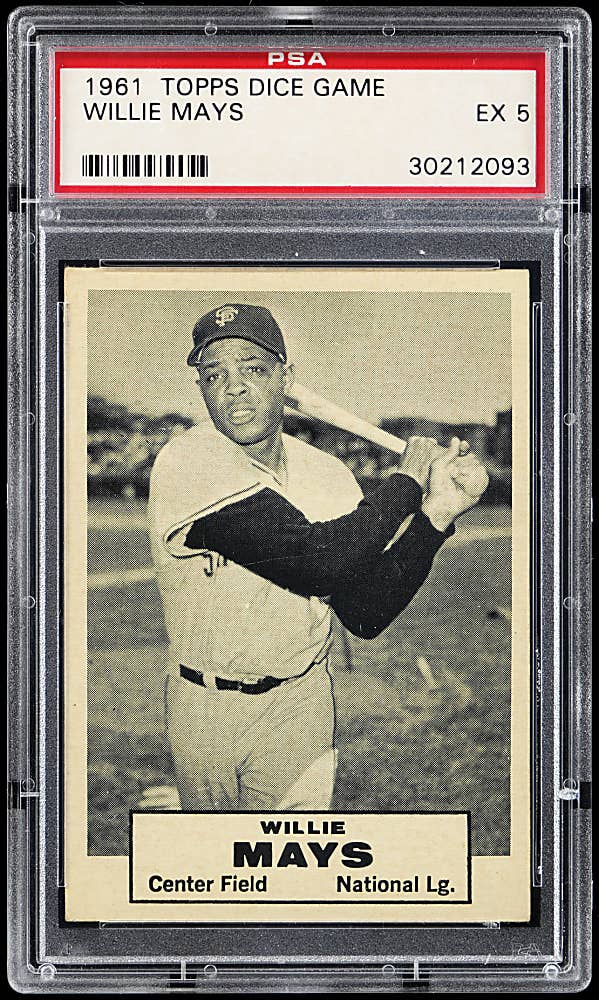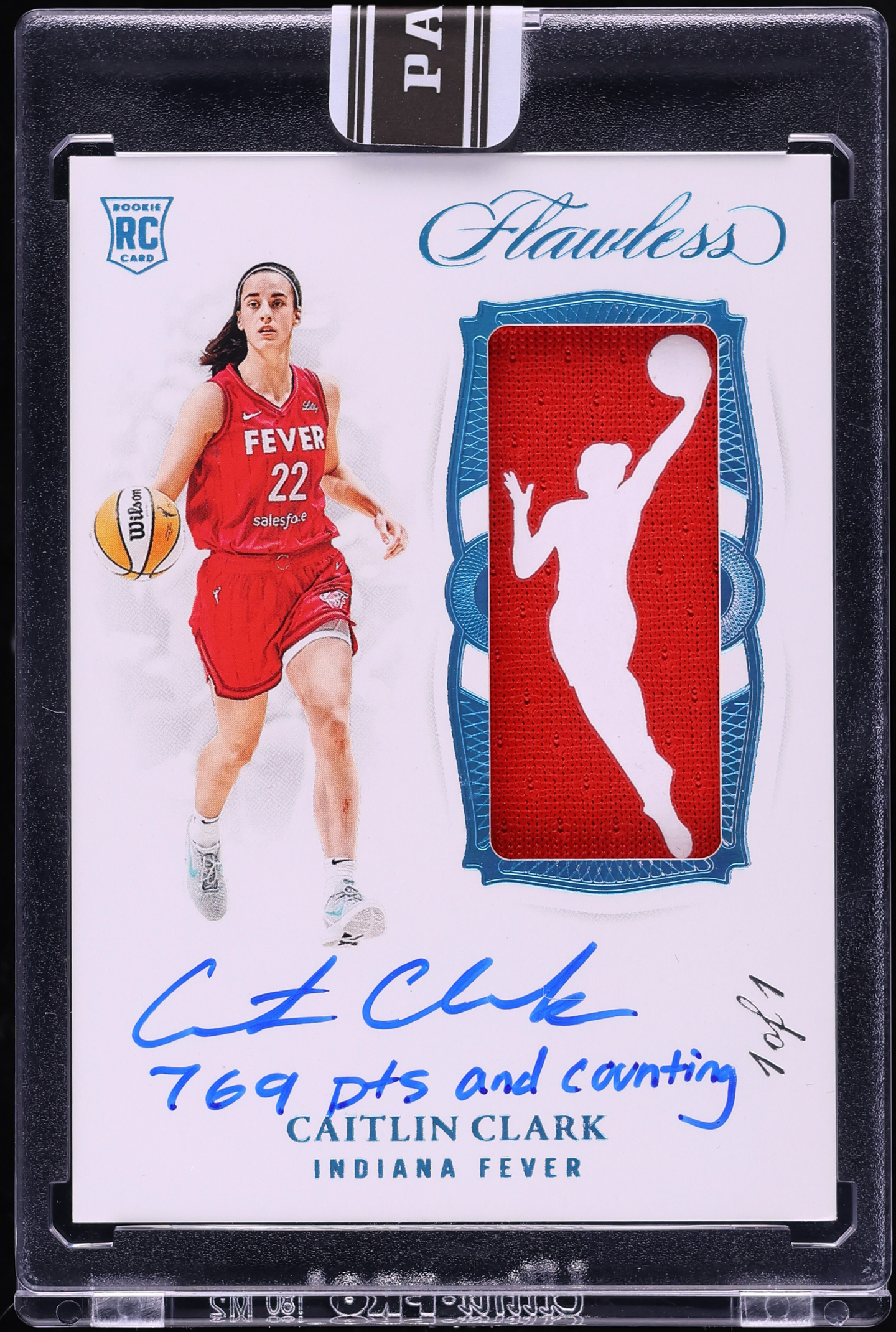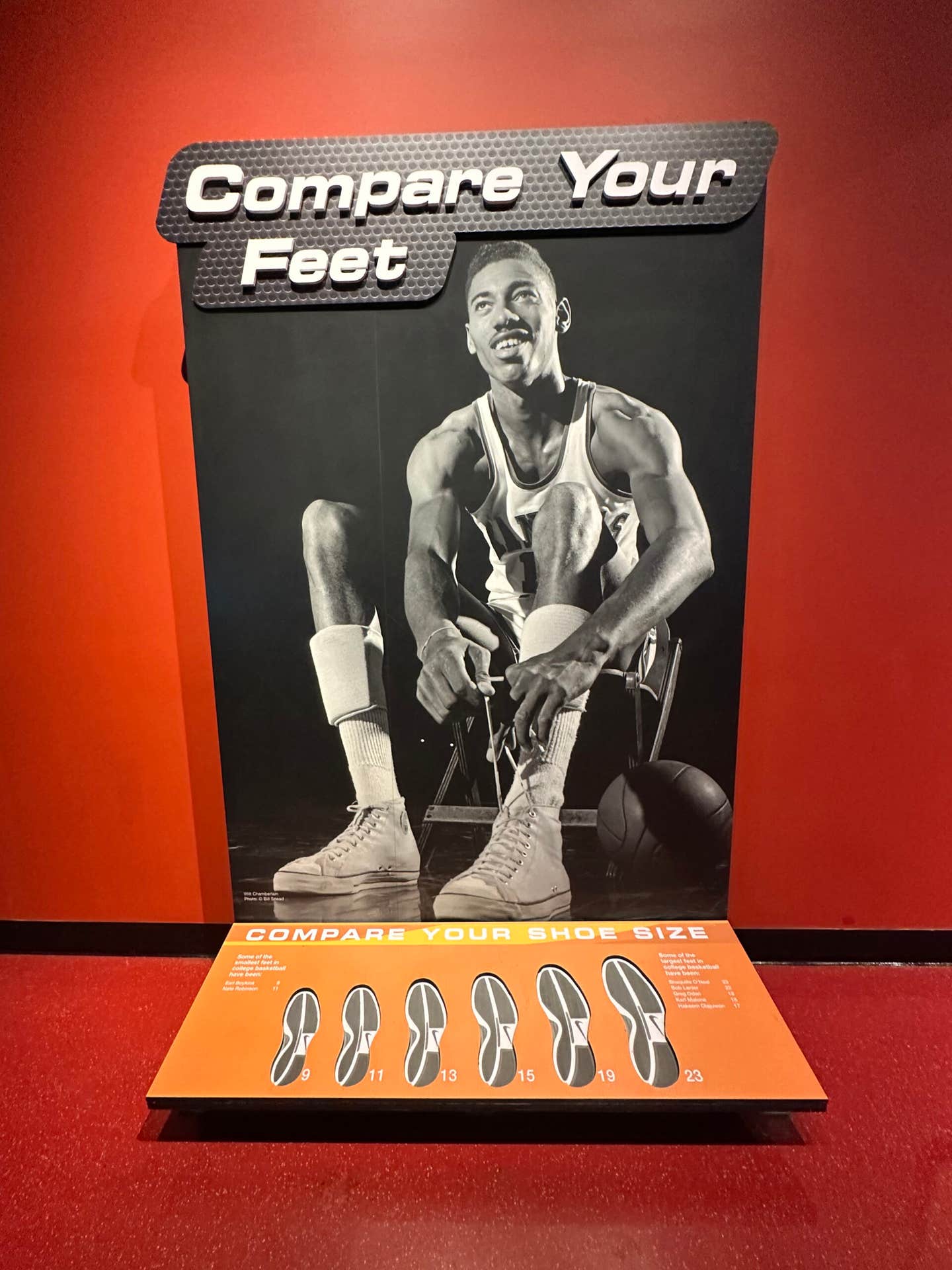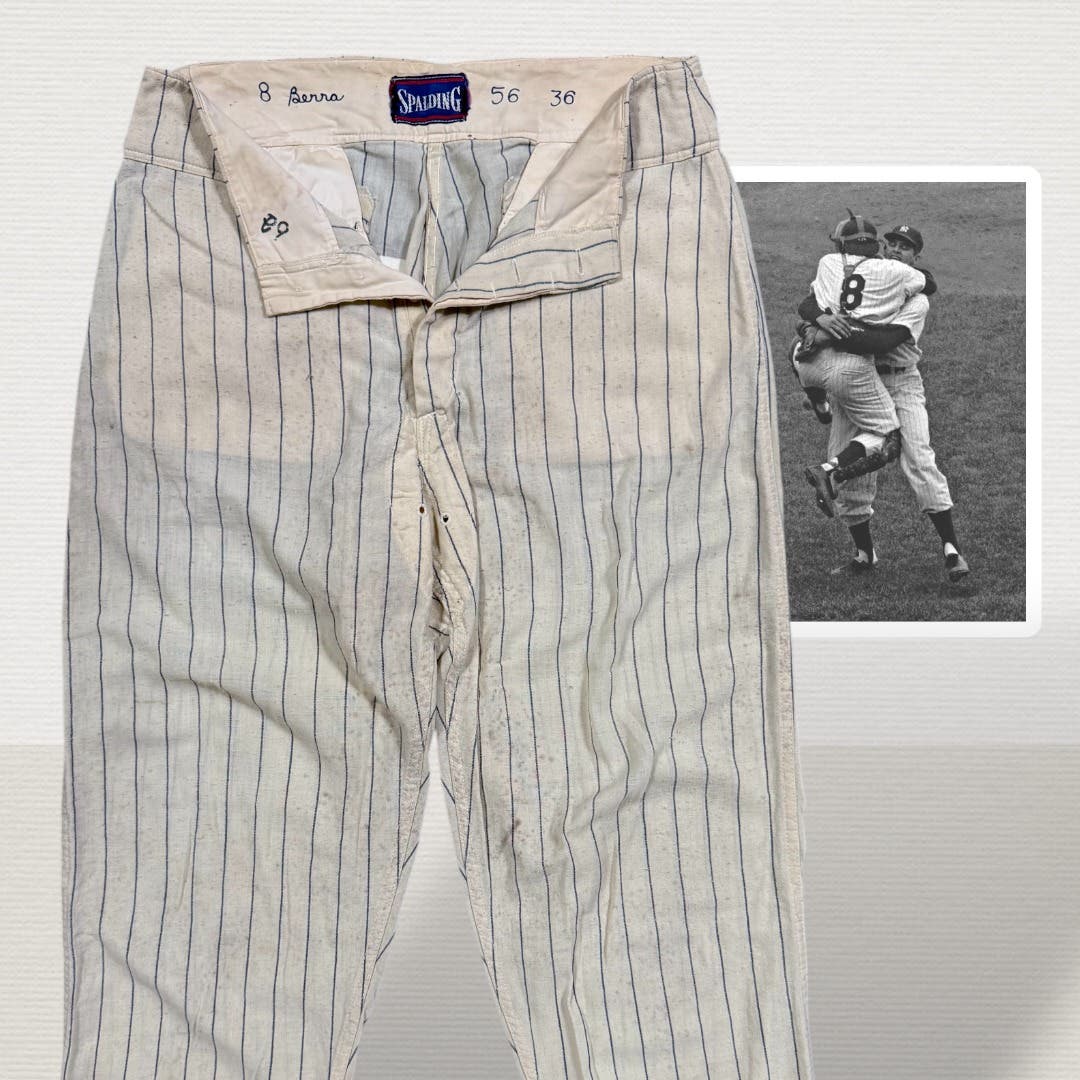Memorabilia
Babe Ruth Catcher’s Mitt? 1912 Relic Used at School for Boys
Before Babe Ruth became the best pitcher in baseball for the Red Sox, and then the greatest hitter in the game for the Yankees, he was a slugging catcher for the St. Mary's Industrial School for Boys in Baltimore. The catcher's glove Ruth wore at St. Mary's, and the only Ruth game-used glove ever authenticated, headlines the 76 featured lots, all valued at over $10,000, in the 2016 Goldin Auctions April Premium Live Auction on April 30 at the New York Yankees Steakhouse in New York City. The auction will also be simulcast live online at www.GoldinAuctions.com.
The authenticity of the glove is supported by several photos of Ruth wearing it as a member of the St. Mary's team in 1912 and an audio recording from the glove's original owner telling the story of how his family received the glove from Ruth. The glove also comes with LOAs from PSA/DNA, MEARS, the Babe Ruth Museum and the family who has owned the glove for more than a century.
As part of the company's long-term exclusive partnership with the Babe Ruth Birthplace Foundation, 10 percent of the winning bid will be donated to the Babe Ruth Museum. In addition, the Babe Ruth Museum invites the winner to display the glove at the museum for as long as he/she wishes with a plaque which can include their name as loaning the glove for display.
"This item has it all. It is Babe Ruth's only known game-used glove and it symbolizes his unlikely rags to riches story. I got goosebumps the first time I got to hold it," said Ken Goldin, founder of Goldin Auctions. "We are thrilled that the glove owner has chosen us to share their treasure with the world and we sincerely hope that the winning bidder will consider loaning it, on occasion, to the Babe Ruth Museum for others to continue enjoy."
As the story goes, Ruth, who was always fond of kids, befriended Edward Petschke, a young clerk at the McDonald Drug Store in Providence, less than a mile from Melrose Park, home field of the Providence Grays. When Ruth realized he would not need the glove, he gifted it to the youngster. The glove remained in the family's possession until 1993, when they loaned it for exhibit to the Babe Ruth Museum, where it has been on display ever since. After owning the glove for more than a century and displaying it for the world to enjoy for more than 20-years, the family has decided to sell the heirloom.
The reason why the slugging southpaw would be wearing a right-handed glove is understandable. While athletics were offered to the boys at St. Mary's as a way of instilling confidence, leadership and teamwork, it was the trades that took precedence. As such, the baseball equipment was mostly recycled or donated to the school. The chance of St. Mary's owning a left-handed catcher's mitt in 1912 would have been nothing short of a miracle. The few surviving box scores of St. Mary's ballgames show the teenage Ruth as a power-hitting catcher. It was only toward the very end of his time at St. Mary's that he was converted to a pitcher. The natural lefty learned to catch using a right-handed mitt. Once receiving a pitch, he would then hold the ball in his right hand, shake off the mitt and then switch hands to throw the ball back to the pitcher left-handed.
The glove shows all of its 110-plus years. Constructed of steer hide with leather laces, the mitt is a "buckle-back model, though the wrist strap and buckle are no longer on the mitt. The manufacturer's label and leather stamping have been worn off and no longer visible. Still discernible on the heel is what appears to be the model number "F150". Equipment experts at PSA/DNA have researched all the available baseball glove catalogs from the era and found that the "F150" model was offered by the A.J. Reach Company of Philadelphia. As a heavily used gamer, the mitt was repaired when needed, as can be seen by the added strip of rawhide and shoe strings used to re-lace it.



